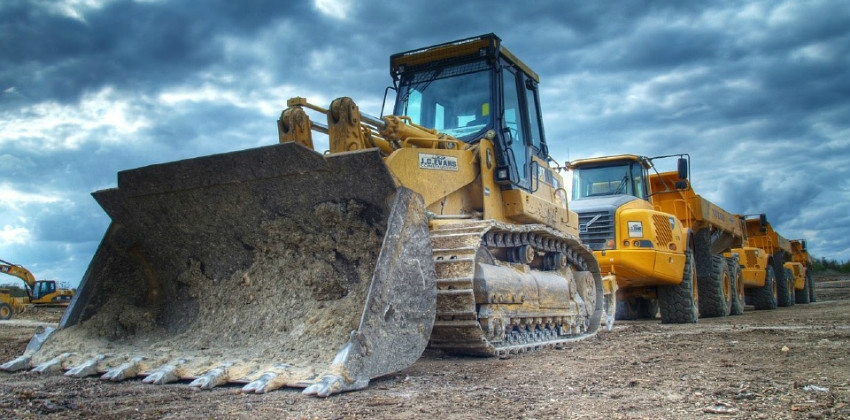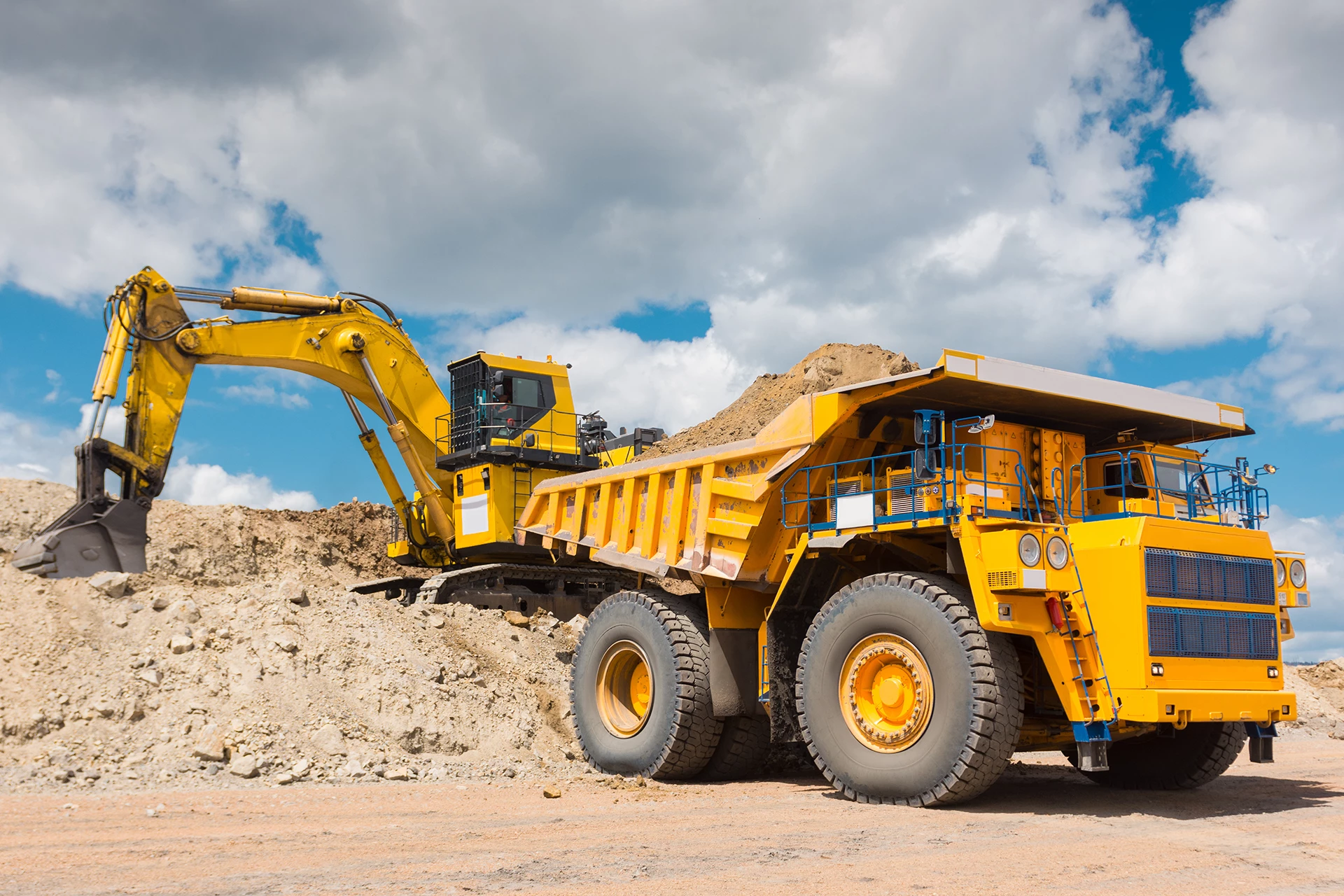Leading Equipment Rental Company for All Your Requirements
Leading Equipment Rental Company for All Your Requirements
Blog Article
Renting Out Vs. Acquiring Building And Construction Tools: Making the Right Option for Your Job
When embarking on a building task, one of the essential decisions that project supervisors and stakeholders face is whether to rent or purchase building and construction tools. The decision pivots on different variables such as expense considerations, project period, tools maintenance, scalability, flexibility, and risk management.
Price Factors To Consider
Renting out equipment commonly requires reduced initial repayments contrasted to acquiring, making it an appealing alternative for temporary tasks or professionals with budget constraints. In the lengthy run, consistently renting out devices can gather higher prices than purchasing, specifically for prolonged jobs.
On the various other hand, acquiring construction equipment involves higher in advance prices yet can result in long-term savings, especially for constant individuals or long-lasting jobs. Ultimately, the decision in between leasing and getting construction devices hinges on the job's duration, regularity of usage, spending plan factors to consider, and long-lasting economic objectives.
Task Duration

On the other hand, for lasting jobs or ongoing building job, purchasing equipment can be the extra cost-effective choice. Buying devices can cause cost savings in the long run, specifically if the devices will be frequently utilized. Furthermore, owning devices supplies a sense of control over its accessibility and permits for personalization to fit certain project demands.

Devices Upkeep
Offered the essential function project duration plays in identifying one of the most affordable approach in between getting and leasing building devices, the focus now changes towards taking a look at the vital aspect of devices maintenance. Proper upkeep is essential for making certain the ideal performance and longevity of building devices. Leasing tools often comes with the advantage of having well-maintained machinery offered by the rental company. This can reduce the concern of maintenance tasks from the job owner or specialist, saving time and effort. On the other hand, possessing tools requires an aggressive approach to upkeep to avoid break downs, make certain safety, and extend the devices's lifespan. Regular inspections, servicing, and prompt fixings are necessary to keep owned and operated equipment in top working problem. Element in upkeep costs when deciding in between renting out and getting, as neglecting maintenance can bring about pricey fixings, downtime, and news project delays. Eventually, a well-maintained construction devices fleet, whether rented or possessed, is vital for the efficient and effective conclusion of construction projects.
Versatility and Scalability
In the realm of building equipment monitoring, the aspect of adaptability and scalability holds significant value for task performance and source application. Opting to rent out building and construction equipment provides a high degree of flexibility as it permits the fast change of tools kinds and amounts based on the progressing requirements of a job. Renting makes it possible for professionals to access a large array of specific tools that might be required for particular tasks without the lasting dedication of ownership. This versatility is especially helpful for jobs with varying demands or unclear periods (heavy equipment rental).
Renting building and construction devices supplies the benefit of conveniently scaling procedures up or down as project demands fluctuate. Professionals can rapidly include or trade devices to match scaffolding equipment for sale the task's transforming needs without the constraints of owning possessions that might become underutilized or obsolete.
Risk Monitoring
Efficient danger monitoring in building tools operations is extremely important to ensuring job success and mitigating possible monetary losses. Building and construction tasks inherently include numerous threats, such as tools failures, mishaps, and job delays, which can considerably influence the job timeline and budget. By very carefully considering the threats connected with owning or renting construction devices, project supervisors can make informed choices to lessen these prospective threats.
Leasing construction equipment can provide a level of risk mitigation by moving the responsibility of repair types of lifting equipment in construction and maintenance to the rental business. This can lower the financial burden on the project proprietor in instance of unexpected tools failings (construction equipment rentals). Additionally, renting offers the versatility to accessibility customized devices for particular project stages, lowering the danger of owning underutilized machinery
On the various other hand, owning building and construction tools provides a feeling of control over its use and maintenance. However, this likewise implies bearing the complete duty for repair work, upkeep costs, and devaluation, raising the monetary risks connected with devices ownership. Careful danger analysis and consideration of variables such as project period, equipment use, and maintenance requirements are essential in establishing the most suitable choice for reliable danger monitoring in building and construction tasks.
Conclusion
Finally, when deciding in between getting and renting out construction devices, it is important to take into consideration expense, job duration, equipment upkeep, threat, scalability, and adaptability management. Each element plays a vital duty in establishing one of the most ideal alternative for the job handy. By very carefully examining these elements, job managers can make an informed choice that aligns with their budget, timeline, and overall project objectives.

Report this page